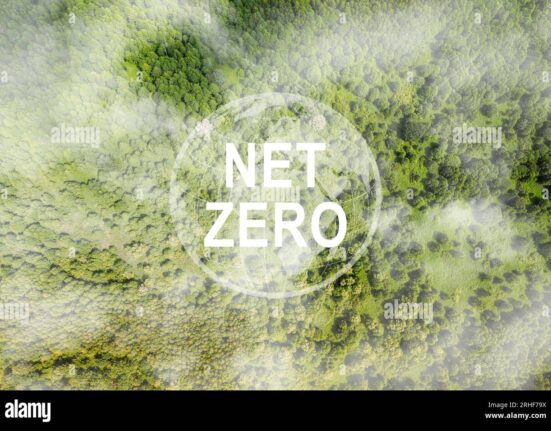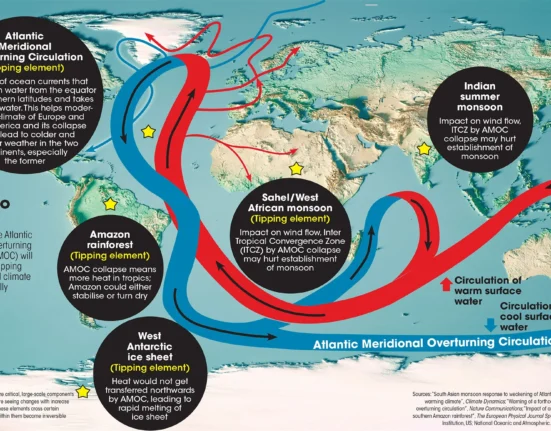Employees at the Environmental Protection Agency’s (E.P.A.) research campus in North Carolina found themselves facing an unexpected turn of events. The agency, amidst significant budget cuts to government scientific endeavors under the Trump administration, made a decision that sent ripples through its laboratories – it was cutting back on animal testing of chemicals. While this move was met with mixed feelings by scientists, there was an immediate concern that needed attention – the fate of the lab rats and zebra fish used in these tests.
In labs across the sprawling Research Triangle Park in North Carolina, these critters had been integral to assessing chemical toxicity for years. Now, with the research arm shutting down, there arose a pressing need to find new homes for these animals. This situation led to a heartwarming initiative among E.P.A. employees – an adoption plan for the soon-to-be homeless lab rats and zebra fish.
Imagine strolling through the E.P.A. campus and coming across a poster that tugs at your heartstrings with its simple yet powerful message: “Adopt love. Save a life.” This poignant plea captured the essence of what was unfolding within those laboratory walls where countless furry companions awaited their uncertain future.
As news of this unique adoption program spread, excitement rippled through the agency’s workforce. Employees were given an opportunity not just to give these animals shelter but also to welcome them into their families as beloved pets. It was a chance to extend compassion beyond professional boundaries and make a tangible difference in these creatures’ lives.
The Adoption Process:
According to Maureen R. Gwinn, acting assistant administrator of E.P.A.’s Office of Research and Development, applications for adopting the lab rats and zebra fish were being accepted. However, adoptions were temporarily paused as officials fine-tuned the criteria for potential adopters. This cautious approach demonstrated the agency’s commitment to ensuring that each animal found a suitable and caring home.
One can only imagine the flurry of emotions experienced by staff members as they contemplated bringing home one of these creatures who had played such crucial roles in scientific experiments until now. The transition from being subjects in controlled studies to becoming cherished companions marked a profound shift in their destinies.
A Peek Into Their World:
Behind closed laboratory doors lay stories waiting to be told – tales woven with dedication, curiosity, and sometimes sacrifice on both human and animal fronts. These lab rats, known more for their role in data generation than cuddles; zebra fish swimming through tanks bearing witness to chemical reactions rather than receiving gentle pats on their scales – now stood at crossroads where science intersected with empathy.
It wasn’t just about finding new abodes for these animals; it symbolized a larger narrative about adapting to change gracefully amidst uncertainties looming over scientific practices. The camaraderie shared between researchers and their tiny test subjects underscored bonds that surpassed conventional norms within laboratory settings.
Expert Insights:
Dr. Emily Carter, a renowned biologist specializing in animal behavior studies, offered her perspective on this unprecedented situation: “The bond formed between humans and animals goes beyond mere cohabitation; it delves into realms of emotional connection rooted in mutual respect.”
She emphasized how initiatives like this adoption program shed light on evolving attitudes towards animal welfare within scientific communities while fostering compassion-driven practices essential for harmonious coexistence between species sharing our planet.
Amidst debates over shifting paradigms in research methodologies, one thing remained clear – every act of kindness extended towards these lab creatures echoed louder than any scientific analysis conducted thus far.









Leave feedback about this